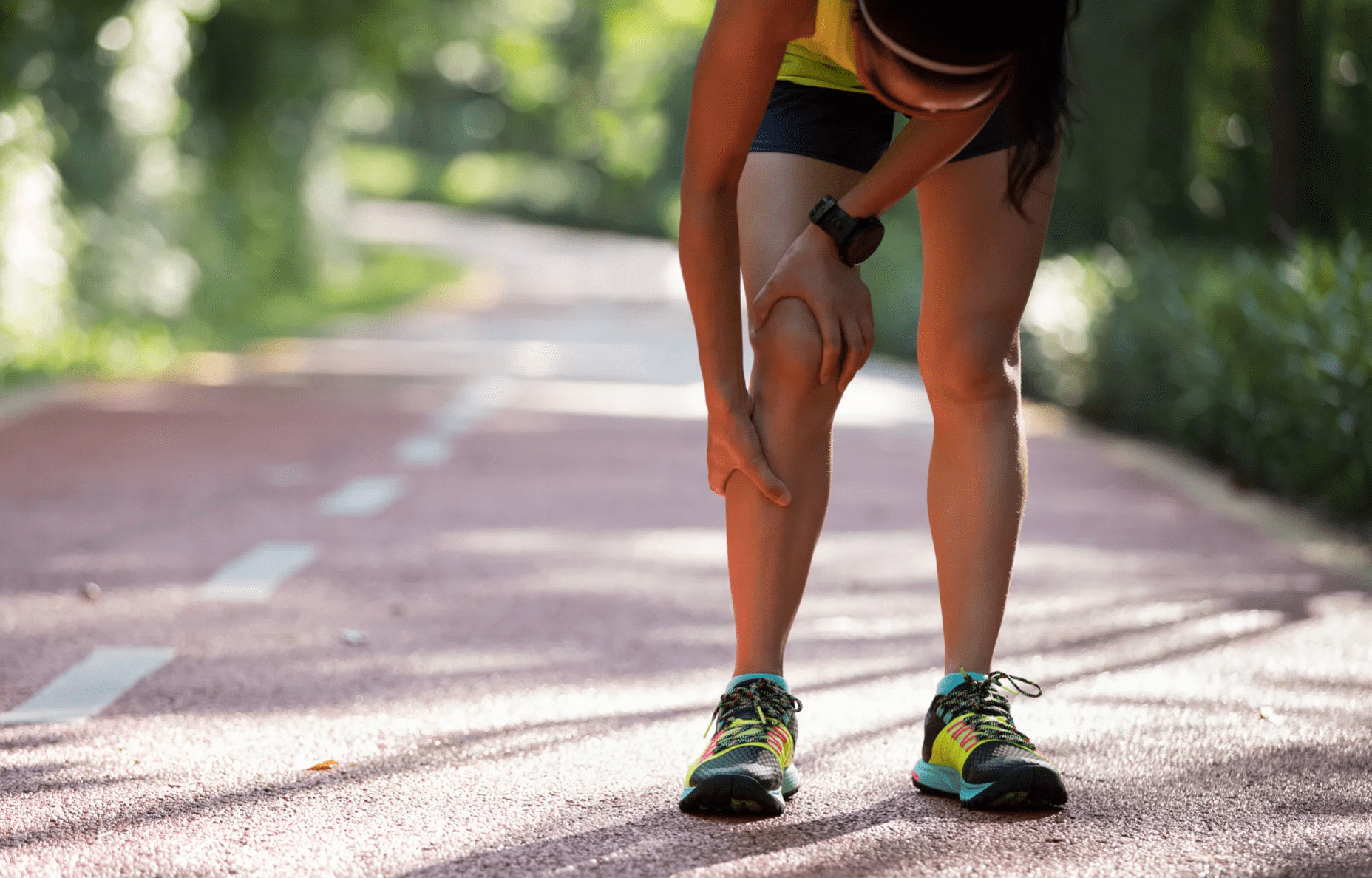Do you feel a deep, nagging pain along the front of your lower leg when you run, jump, or walk long distances? Does that pain tend to show up after activity—and sometimes linger for days? If so, you’re likely dealing with shin splints, a frustrating and all-too-common condition that sidelines runners, athletes, and active adults alike.
Here’s the good news: the right shin splint exercises can help relieve pain, restore mobility, and prevent future flare-ups. At TruStrength Performance and Rehab in Denver, we help you not only recover but come back stronger—so shin splints don’t derail your goals again.
Let’s take a closer look at what shin splints are, why they develop, and how a targeted exercise plan can fast-track your recovery.
What Are Shin Splints?
“Shin splints” is a general term that describes pain along the tibia, or shinbone, usually due to repetitive stress on the bone and connective tissues in the lower leg. The medical name is medial tibial stress syndrome.
This condition is most often caused by:
-
Sudden increases in training volume or intensity
-
Running on hard surfaces
-
Poor footwear or worn-out shoes
-
Muscle imbalances in the feet, ankles, or hips
-
Improper running mechanics
When the muscles and fascia that attach to the shinbone are overworked, they become inflamed and irritated. If not addressed early, shin splints can lead to more serious issues like stress fractures or chronic compartment syndrome.
The pain usually starts as a dull ache during or after exercise and becomes sharper and more persistent over time. You may also notice tenderness along the inner edge of your shin or swelling in the lower leg.
How Exercise Helps Shin Splints Heal and Stay Away
You may have been told to just “rest” your shin splints—but that’s only part of the solution. While a short period of reduced activity can calm inflammation, long-term relief depends on correcting the root problem through:
-
Strengthening weak muscles
-
Stretching tight structures
-
Improving movement patterns
-
Building shock absorption and endurance
At TruStrength, we build exercise plans that not only treat the pain but also retrain your entire kinetic chain—from foot to hip—to prevent recurrence.
Here’s how it works:
Shin Splint Exercises to Relieve Pain and Rebuild Strength
We typically break shin splint rehab into three progressive phases: relieve pain, rebuild strength, and return to activity. The right exercises will vary based on your symptoms and training history, but here are the core movements we use most often in our Denver clinic:
Phase 1: Calm Pain and Reduce Load
This phase is all about relieving stress on the irritated tissues while maintaining mobility and circulation.
-
Toe Raises
Stand with feet flat and slowly lift your toes while keeping heels grounded. This activates the anterior tibialis—the muscle most associated with shin splints—and begins gentle strengthening. -
Calf Stretches
Tight calves can overload the shin. Stand facing a wall, step one leg back, and press your heel down while bending the front knee. Hold for 20–30 seconds per leg. -
Foam Rolling
Using a foam roller on the calf muscles and outer shin (gently) helps improve circulation and reduce muscle tension. Avoid rolling directly over the most painful area. -
Foot Intrinsics Activation
Exercises like toe spreading or towel scrunches improve arch control, reducing impact forces through the shin during walking and running.
This phase may last 1–2 weeks depending on severity. As pain reduces, we increase the load and complexity.
Phase 2: Strengthen and Stabilize
This is where most runners and athletes begin to feel confident again—but skipping this stage often leads to recurrence. Here, we introduce more targeted shin splint exercises and functional training.
-
Resisted Dorsiflexion
Attach a resistance band to a fixed point and loop it around the top of your foot. Flex your ankle toward you slowly and with control. This directly strengthens the anterior tibialis. -
Heel Walks
Walk 20–30 feet on your heels with toes lifted. This builds muscular endurance in the front of the lower leg, which helps absorb landing forces. -
Single-Leg Balance with Reaches
Stand on one foot and reach the opposite hand forward, sideways, and diagonally. This builds ankle stability and glute activation—key for controlling lower limb alignment. -
Eccentric Calf Raises
Stand on a step, rise up on both feet, and slowly lower on the affected leg. Eccentric loading builds tendon resilience and ankle stability.
By this point, most patients begin to resume light running, hiking, or gym work—with modifications.
Phase 3: Return to Performance
This final phase prepares you to return to full activity without setbacks. We focus on sport-specific mechanics, power, and impact control.
-
Plyometric Drills (when pain-free)
Exercises like line hops, pogo jumps, or bounding reintroduce dynamic loading and build elasticity in the lower leg muscles. -
Short Stride Intervals
Using short, controlled intervals at lower speeds helps retrain running cadence and reduce tibial loading. -
Glute and Core Strengthening
Hip weakness is a hidden driver of shin splints. Movements like side planks, monster walks, and hip thrusts help improve lower body alignment during impact. -
Running Form Drills
We analyze your stride and help you correct common faults like overstriding, heel striking, or poor cadence. Optimizing your form reduces stress on the shins and boosts performance.
Our team also addresses training volume, surface selection, and shoe wear patterns to complete the recovery process.
Shin Splint Prevention: What to Do After You’re Pain-Free
Once the pain is gone, it’s tempting to jump right back into your regular training. But prevention is where long-term success happens.
Here’s how we help our clients stay pain-free:
-
Warm Up Properly
Every workout should include a dynamic warm-up with mobility work and light cardio to prepare tissues for impact. -
Progress Gradually
Use the 10% rule: don’t increase weekly mileage or training volume by more than 10% per week. -
Rotate Footwear
Worn-out or poorly fitted shoes can alter loading through the shin. Replace running shoes every 300–500 miles and use insoles or orthotics if needed. -
Strength Train Year-Round
Don’t just rely on running or cardio. Strengthening your hips, calves, and core provides durability against repetitive impact. -
Cross-Train to Reduce Load
Alternate high-impact activities with cycling, swimming, or rowing to reduce overuse stress.
At TruStrength, we empower our patients with long-term tools—not just a quick fix.
Why Choose TruStrength Performance and Rehab?
We’re not just here to treat your pain—we’re here to help you move better, train smarter, and feel stronger. As a performance-based physical therapy clinic in Denver, TruStrength offers:
-
One-on-one evaluations with licensed physical therapists
-
Custom rehab plans for athletes, runners, and active adults
-
Hands-on manual therapy for mobility restoration
-
Running analysis and movement coaching
-
Return-to-sport progression tailored to your goals
Whether you’re trying to get back to training, finish a race pain-free, or simply enjoy daily walks without discomfort, we’re ready to help you get there—with proven, personalized care.
Let’s Put Shin Splints Behind You—for Good
If you’re tired of the cycle—rest, run, pain, repeat—it’s time to do things differently. At TruStrength Performance and Rehab, we help you treat shin splints at the source and build a body that’s ready for anything.
Don’t Let Pain Run the Show
Book your shin splint evaluation at our Denver clinic and let our team design a plan that works for you. You don’t need to guess your way through rehab—let’s fix it together. Contact us today to schedule your appointment and reclaim your strength, function, and confidence.



